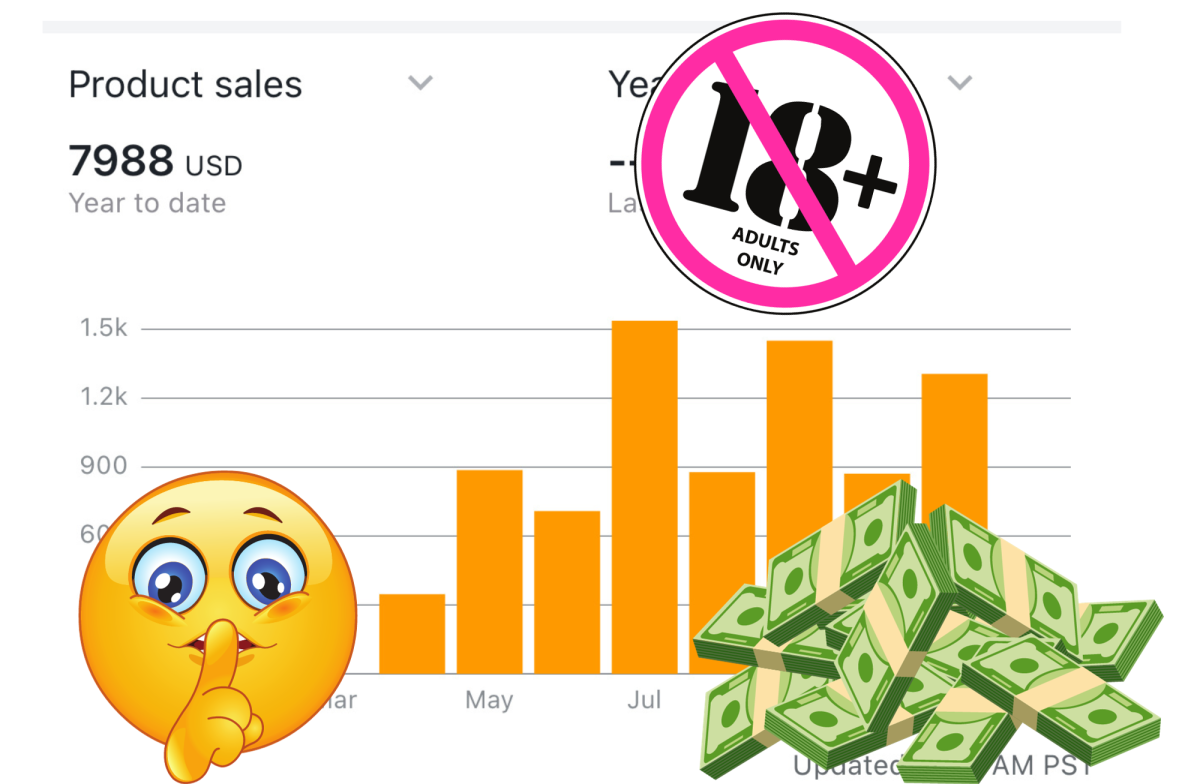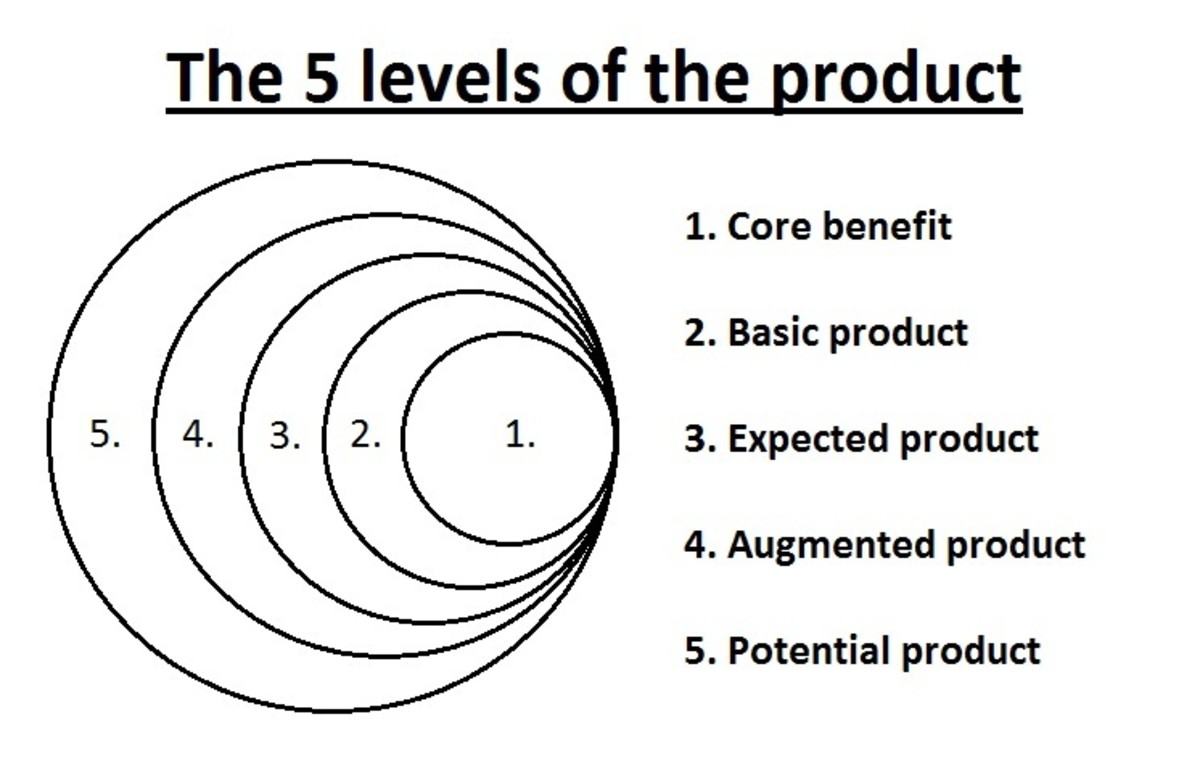6 Top Tips For Using Online Video To Promote Your Business

Video Can Be A Real Profitable Marketing Tool
In spite of YouTube's popularity, online video as a sales and marketing tool for businesses is still a relatively under-exploited concept.
The sheer popularity of YouTube: currently 490 million users worldwide, generating an estimated 92 billion page views per month, demonstrates that online video represents the 'now' and the 'future' of social media.
In fact, the 'how to' video category is YouTube's fasted growing group. Are you beginning to see the potential already?
Thanks to huge technological advances in recent years, corporate videos are now easier than ever to create in-house, or via an agency if you prefer. However some companies have reported a reluctance to try video marketing in case their message comes across as 'mixed', or the audience reaction isn't as positive as they had hoped for.
Video can be a really profitable marketing tool for businesses of all sizes, so it's well worth considering for your next campaign.

Using On line Video To Promote Your Business
Whether you choose to employ a professional company to produce your video, or decide to do it yourself, here are 6 top tips for making videos work for your business:
1. What is the key purpose of your video?
Is it to drive awareness of your brand? A platform from which to launch a new product or service? Is it to attract affiliates to sell your products? Or perhaps you want to persuade your customers to take part in a survey.
It’s worth spending some time outlining the basis of why you are creating your video and what its key purpose is. It’s also a good idea to write your initial ideas down in the form of a Mind Map or draft document you can refer to at various intervals.
2. Who is your intended target audience?
What is their age range? Gender? Salary? Lifestyle? Hobbies? Define your ideal customer as far as possible. You can even give him or her a name if you wish, which can provide a focus for the project. You will then create your content for this particular character or persona, for example ‘Project Arnie.’
3. Why will your target audience watch your video?
Just as TV programmes are made with a particular audience in mind, your video communications need to do the same. Writing and delivering your content with a target demographic in mind, will ensure you have better chance of reaching the people you want to with your message.
4. What is your key message?
Thanks in part to the immediacy of the Internet, most of us have shorter attention spans than we did a decade ago. Very few people (even committed fans) will sit through a video that waffles on aimlessly. You need to create a proper structure with an emphasis on one or two key messages. Ideally your video should be no longer than five minutes – three is ideal. Make sure your tone of voice is consistent throughout and that the video content reflects your brand values. And talking of ‘tone of voice’, make sure you address your audience in their preferred language – don’t alienate people by being ‘too corporate.’
5. Promote, promote, promote.
You have now created a great video for your business – congratulations. But it’s not much use to you if no-one sees it. So how will you promote it?
Via your website – make sure it’s embeded in a prominent place, preferably on your Home page, not buried several layers deep.
On your very own YouTube Channel – it’s easy and free to sign up.
By emailing your list.
Using a dedicated ‘Squeeze Page’ for a particular campaign.
All of the above.
While it’s perfectly possible to do much of your video’s marketing in-house, if you are seriously planning a viral campaign, I would urge you to consider utilising the services of a viral marketing agency. By ‘seeding’ your video they will be able to create a buzz for your brand far quicker than any non-expert could hope to achieve by themselves.
6. Measure and evaluate your video’s performance.
You need to put a system in place to measure the effects of your video campaign against your objectives. A truly effective video should pay for itself in terms of savings or sales. Hopefully, the experience will prove so profitable for you that you will decide to use video as the focus of future marketing campaigns.









